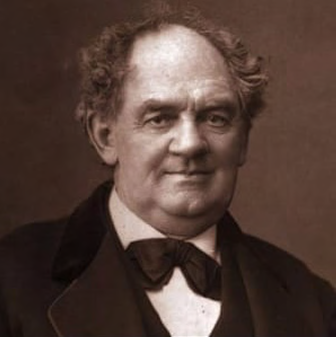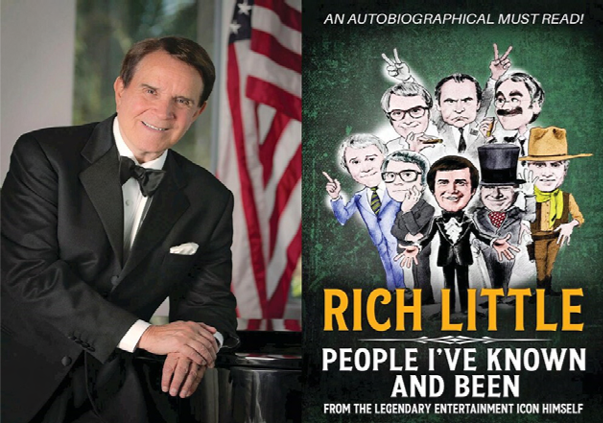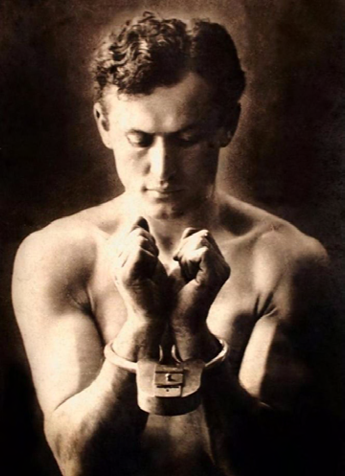Width (E) / Depth (I)
While Extraverts are expansive and cover more area, Introverts dig deeper. The phrase, “Still waters run deep” usually applies to Introverts.
Extraverts believe in “the more the merrier” whether it relates to events they are attending or friends they allow in their lives. Introverts are more selective about events they attend and prefer more intimate relationships with fewer people.
Extraverts engage easily in social conversations, keeping the topic moving along at the surface level. Introverts absorb information, pausing before responding and adding depth to the topic. This may or may not be welcome in social situations, which is why small talk can be so difficult for Introverts.
Extraverts are better at encouraging and motivating others; Introverts would rather quietly take action themselves.
Extraverts tend to juggle multiple projects/hobbies at a time. Introverts prefer to focus on one or two endeavors at a time and pay more attention to details.
Extraverts are more likely to move on to something else when a solution doesn’t appear quickly enough. Introverts consider many aspects of a problem, persist longer, and produce more accurate results.
Barnum’s most famous achievement came late in life, creating the first three-ring circus and billing it as “The Greatest Show on Earth.”
He went on to become president of a bank, a real estate speculator, and a politician. Elected to the Connecticut legislature, he spoke out against slavery and involuntary servitude: “A human soul, ‘that God has created and Christ died for,’ is not to be trifled with. It may tenant the body of a Chinaman, a Turk, an Arab, or a Hottentot—it is still an immortal spirit.”
Ten years later he was elected Mayor of Bridgeport, Connecticut. Besides improving the water supply and adding gas lighting to streets, Barnum helped establish Bridgeport Hospital and served as its first president.


One man gathered and generated publicity for numerous performers of an energetic, attention-grabbing show; the other man performed on stage by himself, often hidden from view behind a curtain or in a container.
As a young man, Phineas Taylor Barnum managed several businesses at the same time: he bought a store, ran a state-wide lottery, and started a newspaper before moving to New York City to begin another new venture.
P. T. Barnum (ESTP) / Harry Houdini (ISTP)
Sammy Davis Jr. (ESFP) / Michael Jackson (ISFP)
Both men began performing publicly when very young, and each man was named the greatest entertainer of his generation.
Sammy Davis Jr. joined his dad’s vaudeville act when he was only three years old. By the time he was seven years old, he sang, danced and played the title role in the film Rufus Jones for President (1933). His talent was so obvious, he upstaged the adult star of the movie.
Sammy recorded numerous hit songs, but he didn’t write any of them. He spent most of his time performing—with his dad and godfather until 1957, and then with Frank Sinatra’s Rat Pack. He also kept busy starring in Broadway musicals and TV specials, hosting talk shows, and appearing in more than sixty movies and television shows. Sammy was a multi-talented entertainer, able to play the trumpet, drums, piano, and vibraphone as well as impersonating celebrities, improvising comedy bits, singing with literally the best of them, and dancing better than all of them.
Michael Jackson joined his four older brothers when he was five years old. By the time he was eight, Michael was the lead singer for the group, which now called itself the Jackson 5.
Although he couldn’t read or write sheet music, Michael wrote more than a hundred songs. He did this by composing the music in his head and then singing every part, every note of the vocals and instruments in the arrangement. One of his sound engineers described the process: “One morning MJ came in with a new song he had written overnight. We called in a guitar player and Michael sang every guitar chord to him. ‘Here’s the first chord first note, second note, third note. Here’s the second chord first note, second note, third note.’”
Michael also wrote lyrics for the songs he composed, reflecting on his own life in songs like “Childhood” and “Leave Me Alone.” He shared his concern for others by writing “We Are the World,” “Heal the World,” “Man In The Mirror,” and “Earth Song.”
Michael wowed the world in 1983 when he performed “Billie Jean” on Motown’s 25th anniversary TV special. His carefully composed costume and choreography—along with perfectly executed dance moves that included the robot, toe-stand with its freeze-frame pose, and now famous moonwalk—made him a superstar.
Michael gave the sequin jacket he wore for the performance to Sammy Davis Jr.


Although Tootsie was a comedy, Dustin said he never treated it that way. He truly had a woman’s point of view throughout the movie and treated the character with the dignity he thought she deserved.
Dustin Hoffman was more selective in choosing people to impersonate. He focused on one character at a time and immersed himself in the role for an entire movie.
In Midnight Cowboy (1969), he played a pathetic con man dealing with poverty. He went from ages 10 to 121 in Little Big Man (1970), and portrayed comedian Lenny Bruce in Lenny (1974).
His greatest transformation was in Tootsie (1982). After makeup specialists changed his appearance, Dustin was disappointed: “Now you have me looking like a woman, now make me a beautiful woman.” They told him that was the best they could do. It was an emotional moment for Dustin, who realized how many interesting women he had discounted because he didn’t think they were pretty enough for him.


Rich Little was a gifted impersonator, imitating more than 200 voices and speech patterns, and taking on the personas of more than fifty famous people. He stated: “An impression is what you think a person sounds like. It could be an exaggeration or a cartoon. It’s your impression. I think of an impersonation as more of an exact copy. Knowing the person personally is not important; it’s knowing the speech patterns and mannerisms to imitate the person the way the public sees him.”
As a teenager, he used his gift to get dates with girls by calling them on the phone using their favorite actor’s voice. Then he would show up for the date and say that her celebrity crush couldn’t make it. According to his website, this stopped when a girl told him her favorite star was Lassie.
In both interviews and performances, he moved quickly from one celebrity impersonation to another.
In a guest appearance on The Tonight Show, Rich talked with Johnny Carson for less than 20 minutes, imitating 13 celebrities as various topics came up.
He also created his own version of A Christmas Carol in 1978, rewriting it for laughs by putting 17 well-known personalities into the original roles.
Harry Houdini had a solo act as an escape artist for most of his career. Known as the “Handcuff King,” Houdini challenged audiences and police departments around the world to keep him locked up.
Houdini became an expert on locks early in his career by taking them apart, studying every detail, and learning how the mechanisms worked. He discovered that older handcuffs could be opened using nothing more than a shoestring while others could be opened by banging them against a hard surface.
Customized locks were more difficult. In 1904 he was challenged with a lock that took five years to devise. It took Houdini more than an hour of intense effort to free himself—but he persisted, breaking down in tears of relief as the audience celebrated his triumph.


His act evolved through the years, escaping from chains, ropes, straitjackets, and locked containers filled with water. Most of these escapes were based on careful planning and precise execution of his plans.
For example, he designed and patented the Chinese Water Torture Cell, an illusion in which his feet were locked in wooden stocks while he was lowered into a vertical tank filled with water. The wooden stocks were then locked to the top of the tank, leaving Houdini submerged upside down. He escaped in only two minutes.
There were three tricks to the illusion. First, the wooden stocks that held his ankles were designed to separate slightly when locked to the tank. This allowed him to use the walls of the tank to push his body upward, twist his legs sideways to make the holes in the stocks larger, and pull his feet through. Second, the wooden stocks were thick so that water flooded over the top of the tank when Houdini was submerged. This created a small pocket of air above the water. And third, the top of the cell was hinged to open when pushed on from below.

